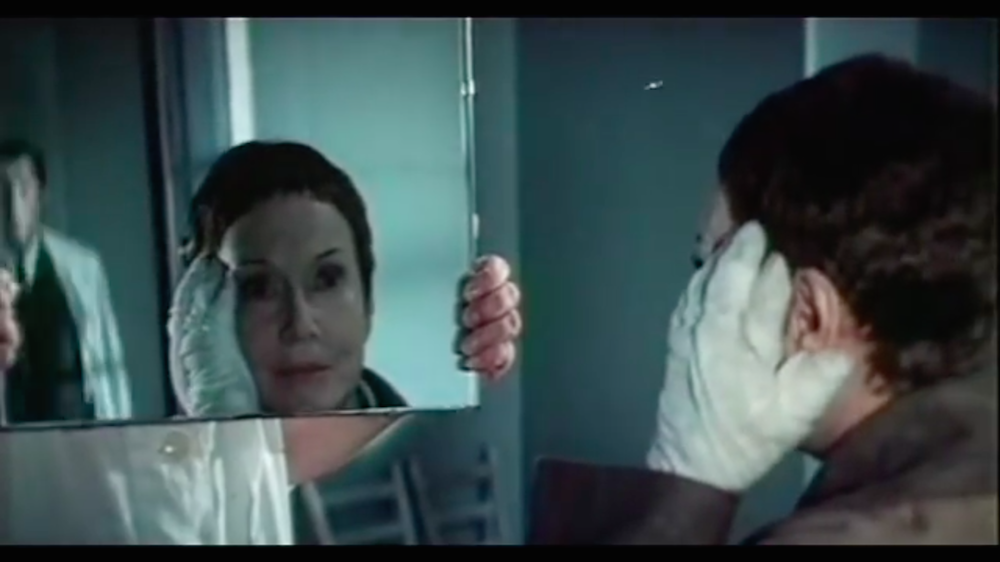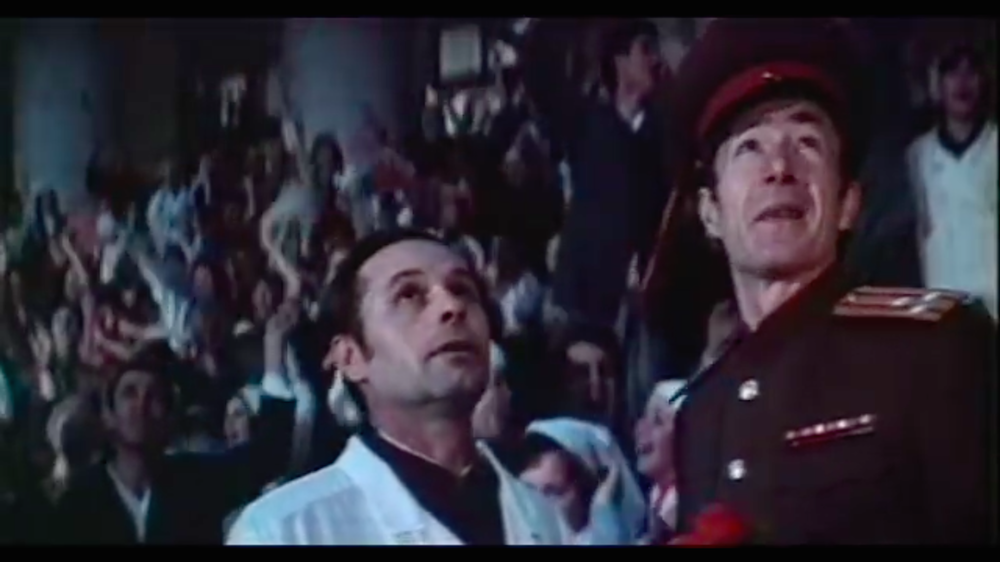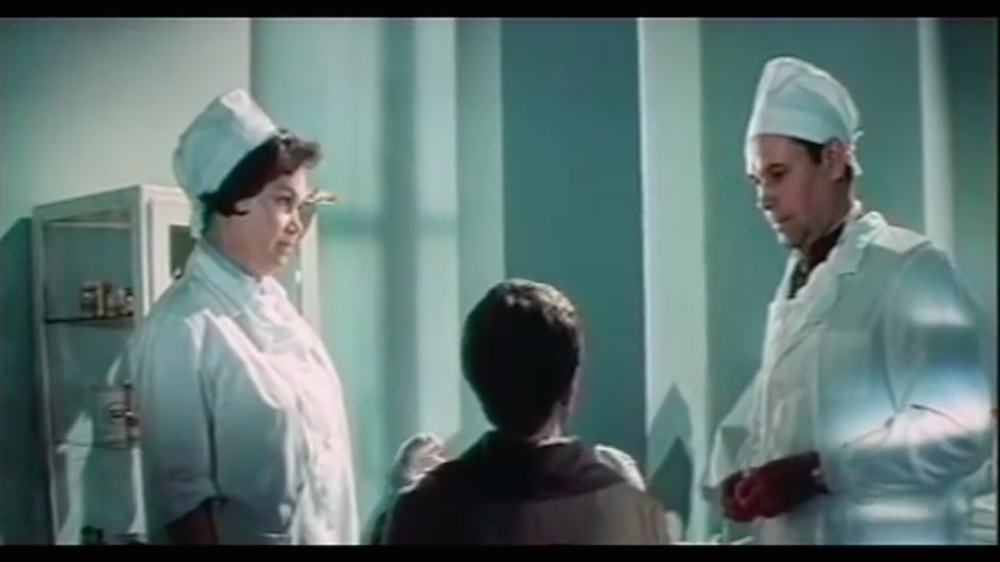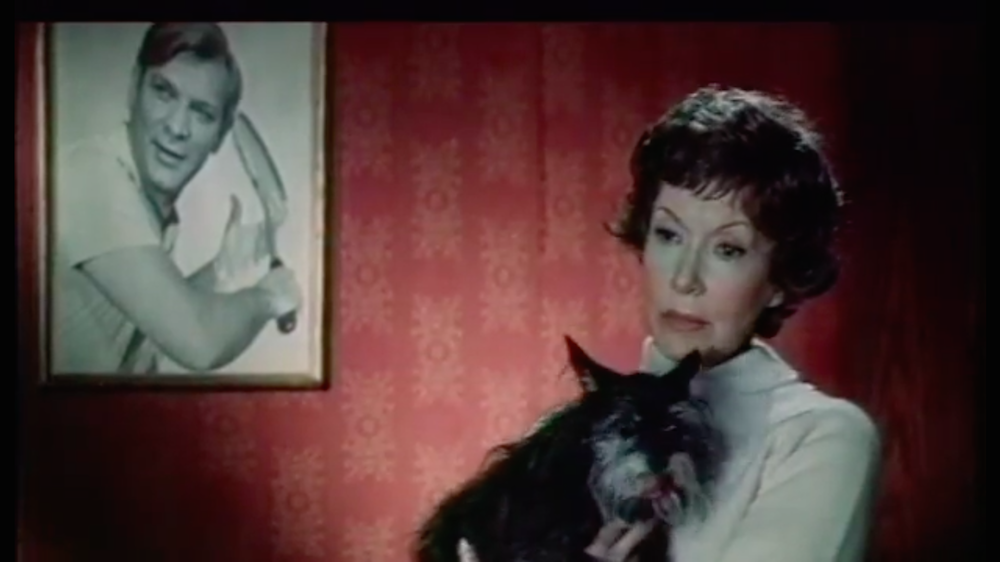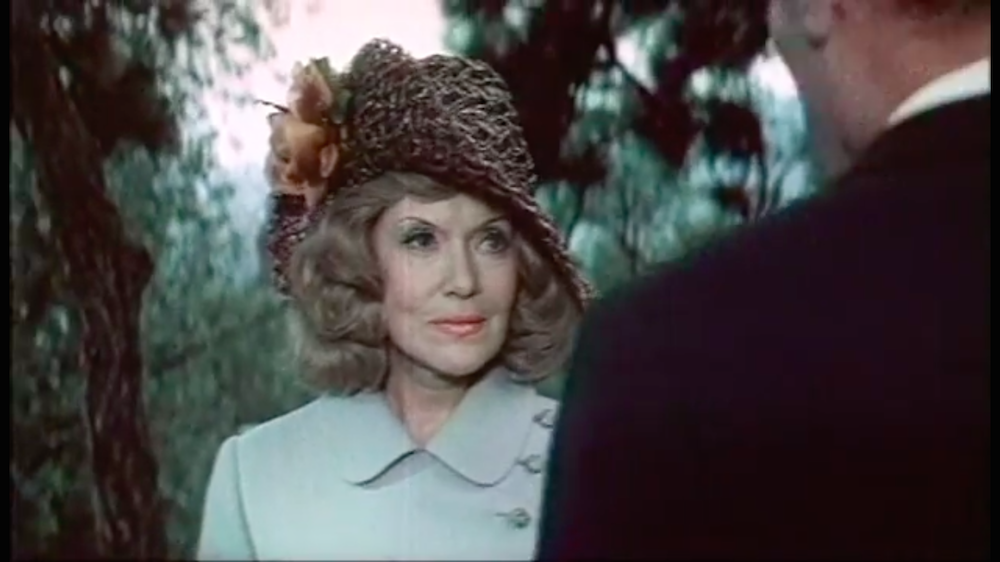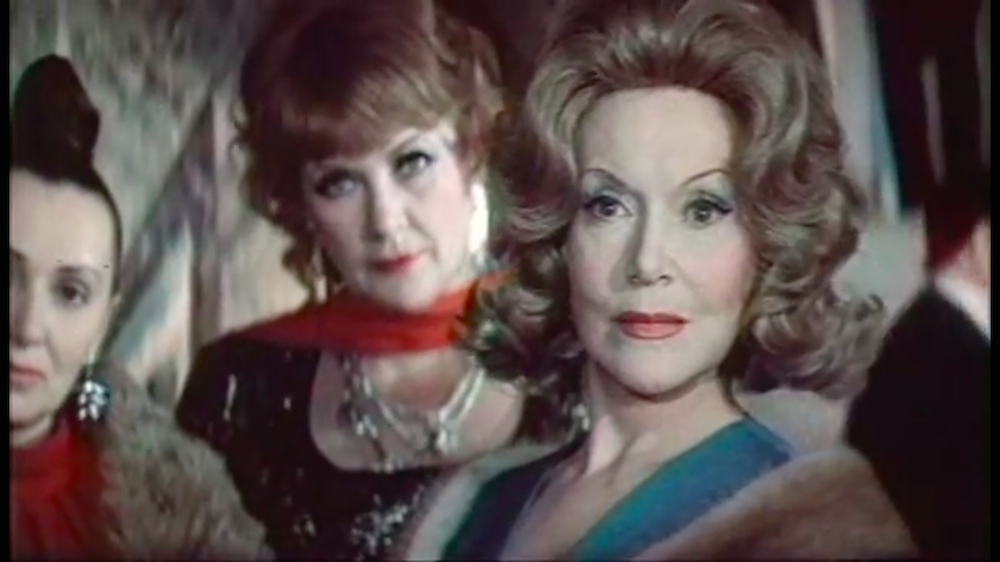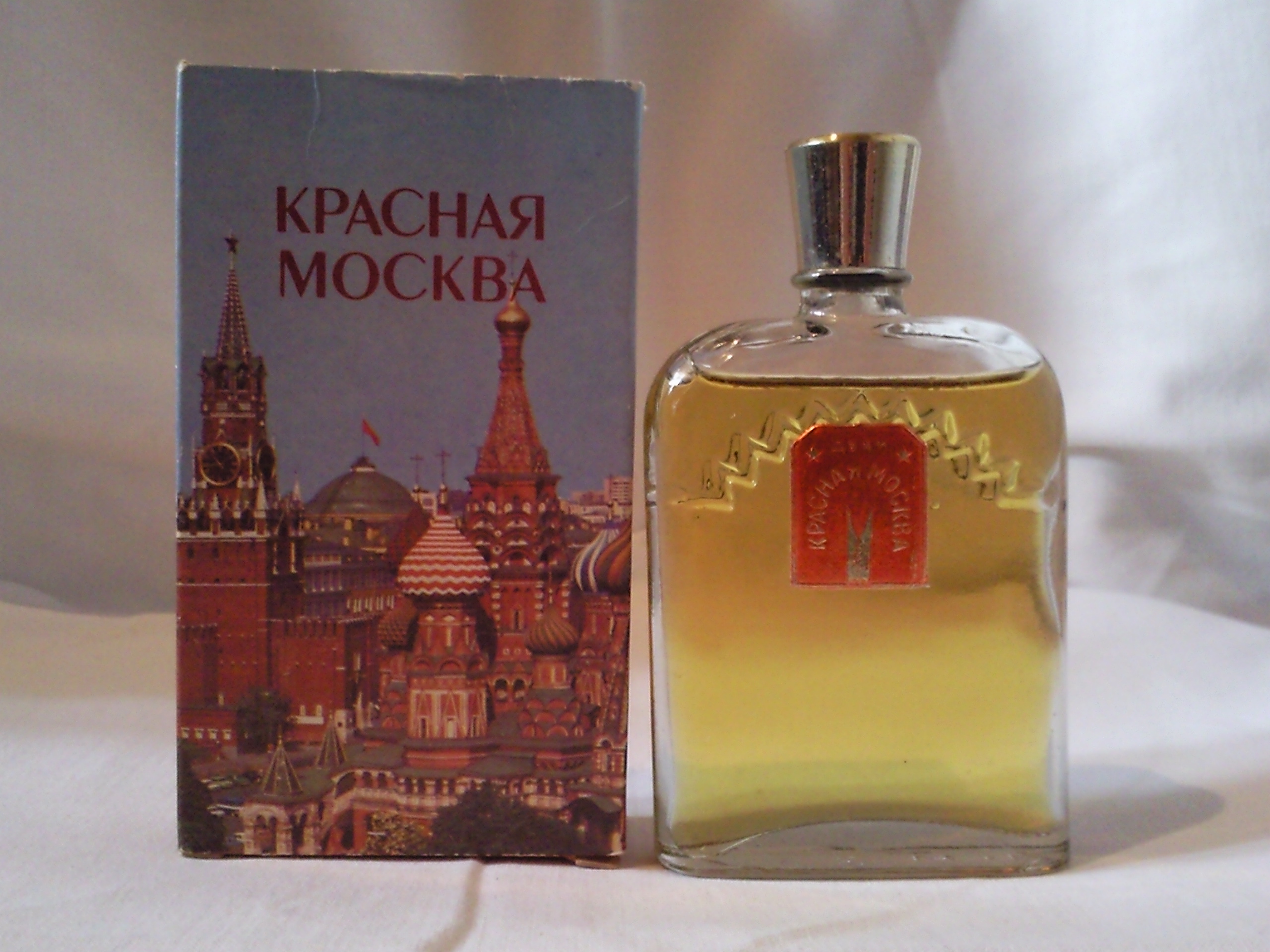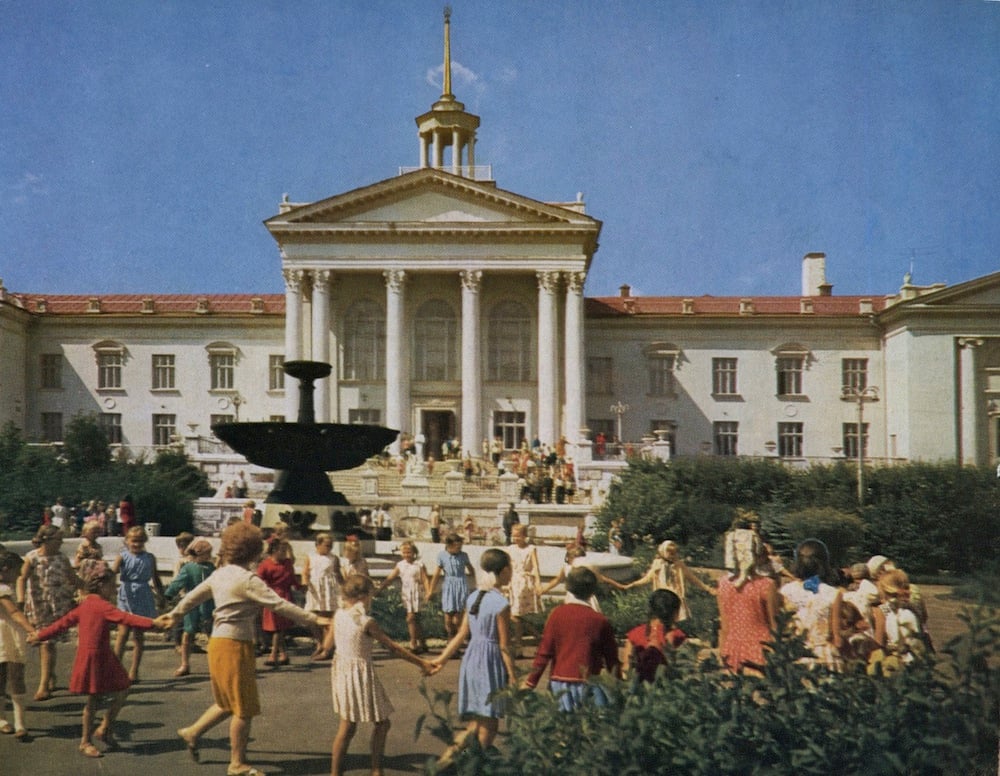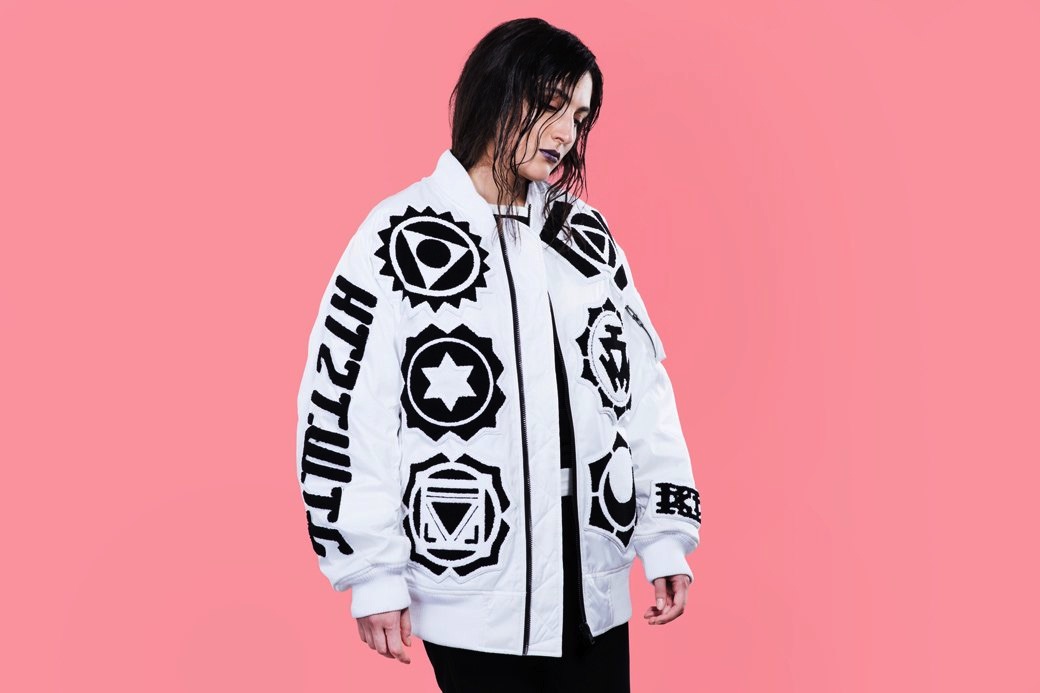Soviet plastic surgery: when the USSR went under the scalpel
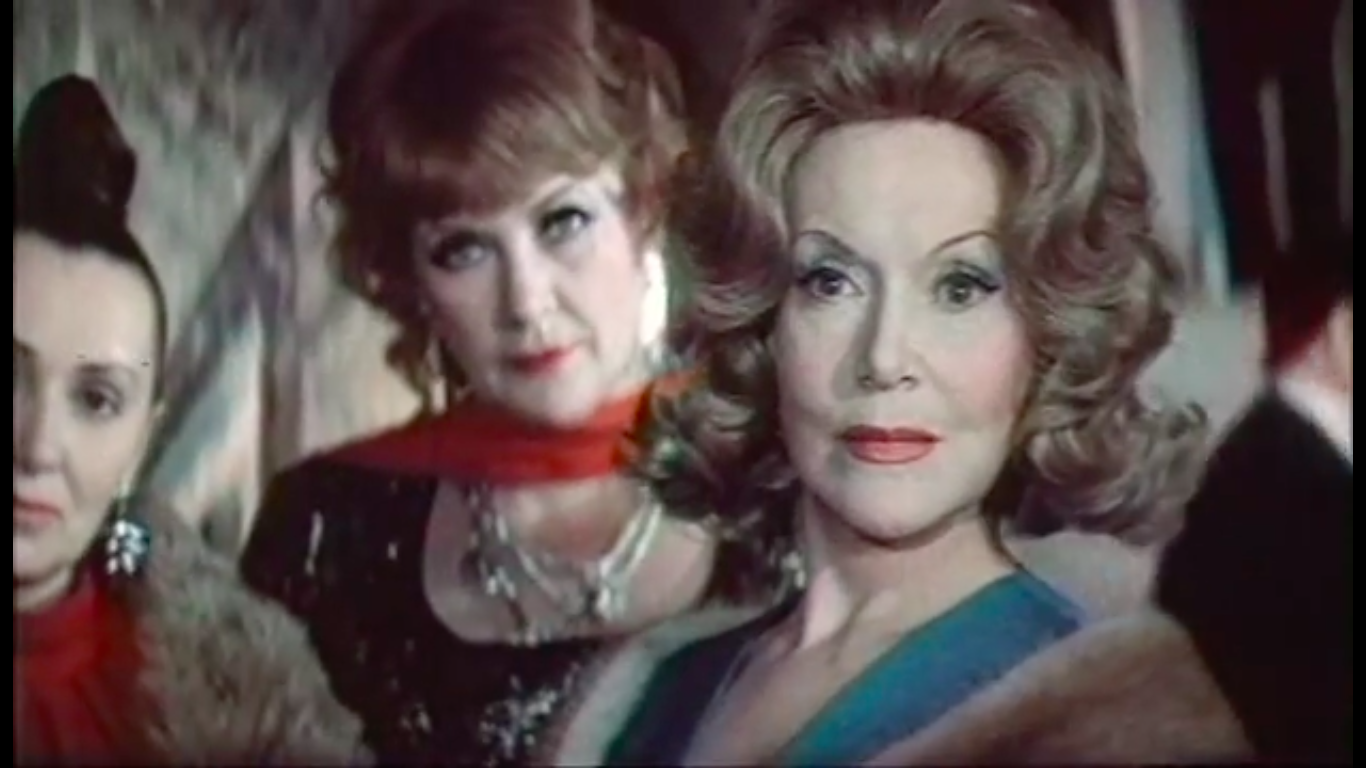
A fixation on personal beauty might have been at odds with Soviet ideology, but that didn't stop film stars, politicians and even regular citizens from entering into the secretive world of plastic surgery, says Sasha Raspopina
Focusing too much on superficial beauty was frowned upon in the Soviet Union as un-communist. But in case you wanted to fix those frown lines later, or completely redo your face for a spying job, plastic surgeons were in fact available.
The USSR wasn’t known for its beauty industry, but it existed nevertheless – both in terms of temporary treatments like cosmetics, and the more permanent procedures of plastic surgery. Lyubov Orlova, one of the Soviet Union’s most legendary actresses and star of cult films like Circus (1936), Volga-Volga (1938) and Springtime (1947), became the face of Soviet cosmetic surgery in her later years. So much so that at the age of 71 Orlova played the role of a woman in her twenties in Skvorets and Lira, a 1974 film directed by her husband Grigory Aleksandrov. The plot of the film also included Orlova’s character Lira getting plastic surgery; what’s more, her real-life plastic surgeon, Aleksandr Shmelev, played a small role as the actress’s on-screen doctor. Many assume that this was Orlova and Aleksandrov expressing their gratitude for the brilliant surgeries that he had carried out on the film star.
And while Orlova’s Lira certainly looked older than twenty, many admired the actress’s dedication to appearing a certain way. Indeed, the “Orlova Syndrome” was how doctors described her contemporaries’ desperate aspirations to look like the famous actress, as more and more women in the USSR dyed their hair blonde, cinched their waists and drew on thin, thread-like eyebrows. Many became obsessed with the star, and even claimed to be Orlova’s long-lost sisters, or, later, daughters.
Aleksander Shmelev wasn’t just known as the plastic surgeon who operated on the megastar of Soviet Hollywood: he was a star himself, but for a different audience. He worked in Moscow’s Beauty Institute and operated on the most famous and powerful people in the Union – the Party elite, famous actors and musicians. Ordinary people had little chance of getting an appointment with him without utilising common connections or a favourable position within the Party. Some of his patients’ recollections from the late ‘70s are available on plastic surgery forums online, and snippets of Soviet reality nestle alongside the endless praise: “my mother worked in medicine and managed to snag me an appointment through Health Ministry channels, so I could get my nose done.”
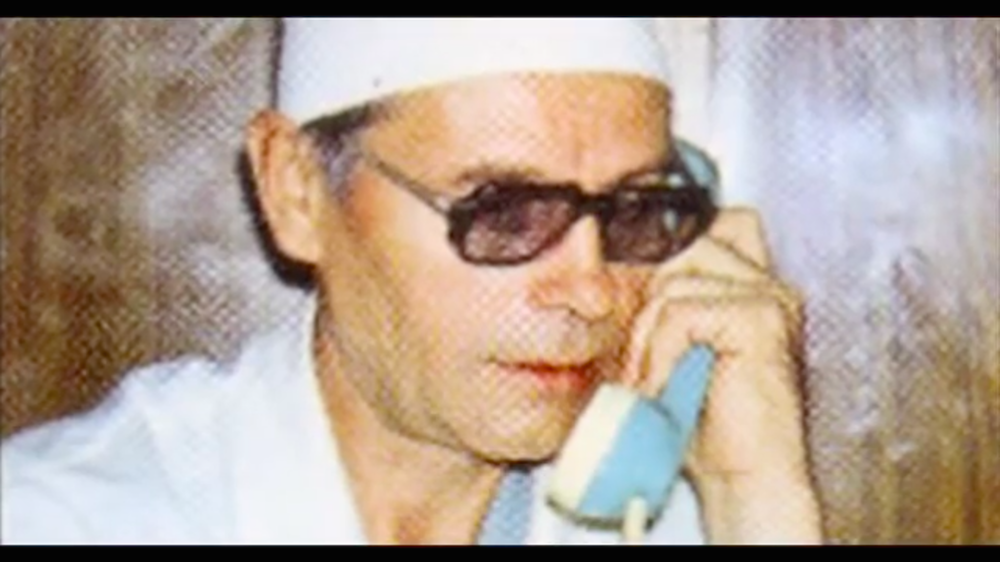
Shmelev’s story is also surrounded by speculation: he’s been called the USSR’s “secret plastic surgeon”, suspected of working for the country’s secret services, and his unexplained death in 1986 (from blunt force trauma to the head) was rumoured to have been connected to the plastic surgeries which Shmelev had carried out for the KGB. Several journalistic investigations have also claimed that it was Shmelev who carried out the rumoured plastic surgeries on prominent Chilean communist Luis Corvalan when the latter found refuge in USSR after being freed from the jails of Augusto Pinochet.
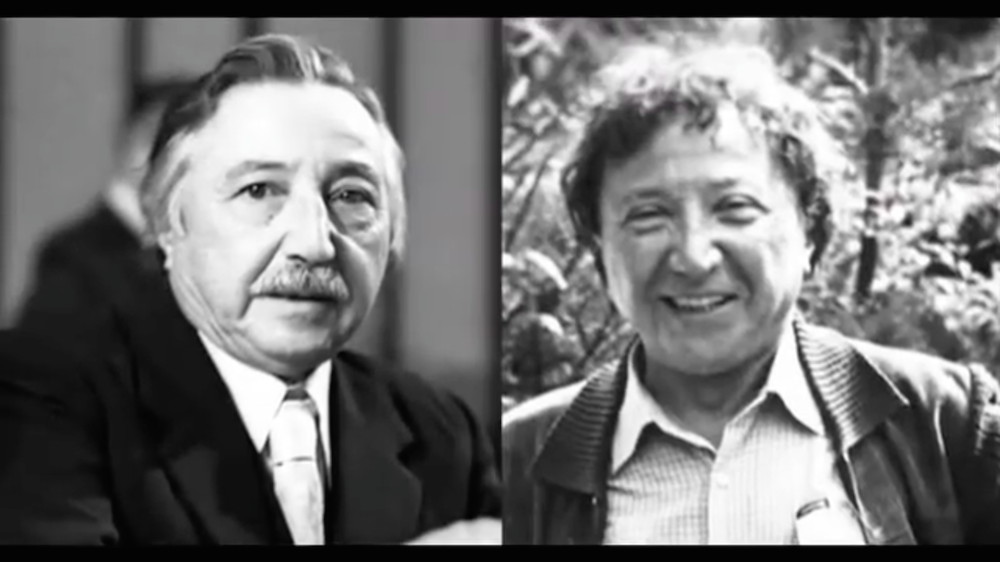
But the history of plastic surgery and cosmetology in the USSR predates public interest in stars who kept getting younger every time they went out in public. It goes back as far as Polina Zhemchuzhina, the wife of Vyacheslav Molotov — Stalin’s loyal sidekick, chairman of the Council of People’s Commissars and later the Foreign Affairs Minister. Zhemchuzhina was at the forefront of the democratisation of the cosmetics industry in the early years of the Soviet Union: after visiting Paris and witnessing aestheticians and cosmetology salons, she became convinced that the USSR also needed these services. In 1930 the first cosmetologist salon opened in Moscow, later expanding to become the Beauty Institute where Shmelev and other famed surgeons worked. Some say that surgeries were relatively affordable on an average salary – a face-lift, for example, cost seven roubles – as long as you could get an appointment. At the same time, many point out that the anaesthetics and medical technologies used were much less advanced, so surgeries and recovery periods were significantly less comfortable than they are now.
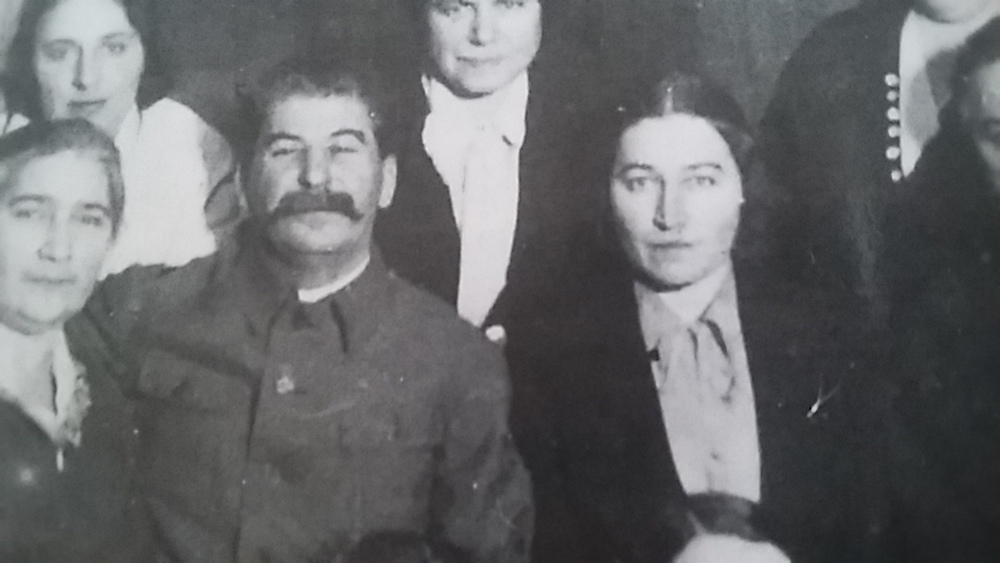
There are several Russian documentaries exploring the elitist industry of plastic surgeries in the Soviet Union, many pushing unverifiable ideas about the industry’s many connections with the Party elite and the KGB. And while most historians confirm that without doubt that the Soviet secret services fully utilised new plastic surgery techniques for their own needs, there is almost no way of confirming the speculations of Shmelev’s involvement at this point — not until the secret service archives get fully declassified, which is unlikely to happen anytime soon.
It is safe to say, though, that no Soviet leaders had any surgeries done themselves: none, that is, that were obvious to eyes not yet trained in spotting the suspicious disappearance of wrinkles from the faces of world leaders. The only exception is Yekaterina Furtseva, Soviet Minister of Culture between 1960 and 1974 and one of the most influential women in Soviet politics over the country’s history, who is known to have undergone several face lifts and was rumoured to be yet another of Shmelev’s famous patient.
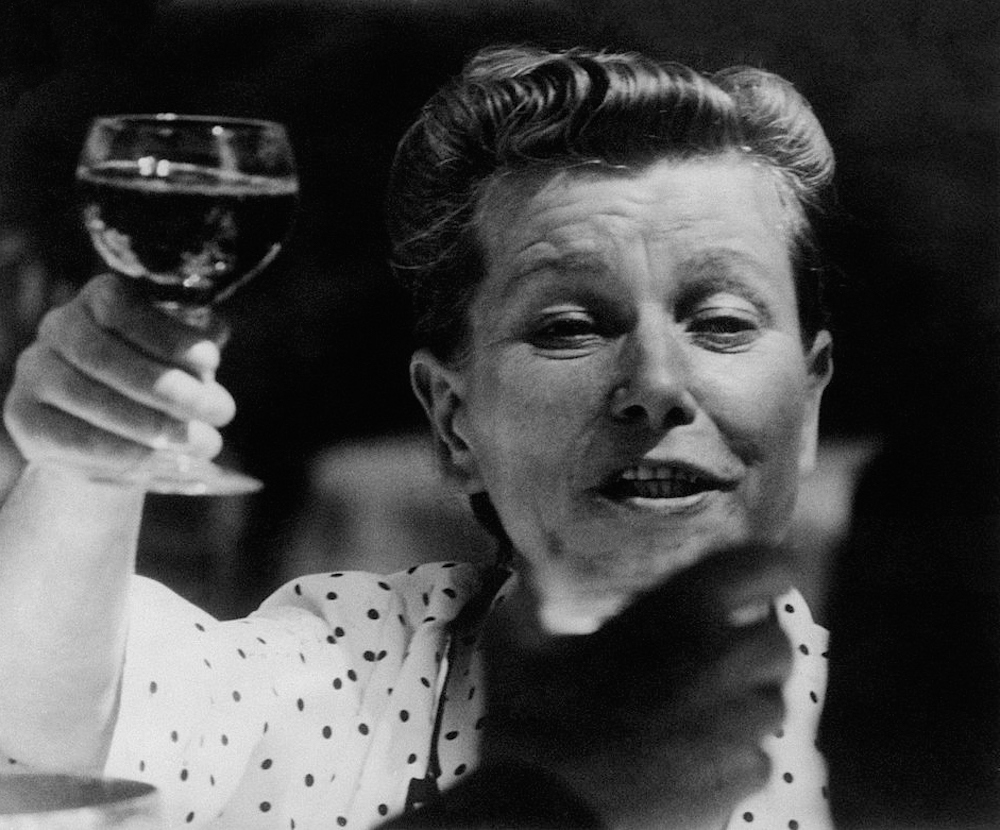
Many in Russia also touch upon the contemporary politicians who have had cosmetic surgery, focusing on Western leaders like Jacques Chirac and Silvio Berlusconi and carefully avoiding the numerous speculations surrounding the wrinkle-free face of the 64 year-old Vladimir Putin. In a 2012 Russian documentary titled Scalpel for the First Faces, several surgeons defend politicians’ right to look younger. “If politicians go for surgeries to look better, there’s nothing shameful about that. It means they respect their audience and they don’t want to look bad in front of them,” says Emma Dolzhikova, a former director of the Moscow Beauty Institute. “Maybe they didn’t want to admit to being vain enough to get cosmetic treatments,” muses the documentary’s narrator, as a political researcher comments that plastic surgeries can also make politicians look less masculine.
In a country where the official cult of the worker forbade too intense a focus on looks, and insisted that wrinkles or calloused hands should be a mark of pride, a sign that one had been useful to society, it makes sense that plastic surgery was only available to those at the top of the Party’s food chain. After all, in order to avoid accusations of being two-faced, ideological inconsistencies like the supposedly un-socialist pursuit of good looks had to be hidden from the public — even when the results were there for all to see.
